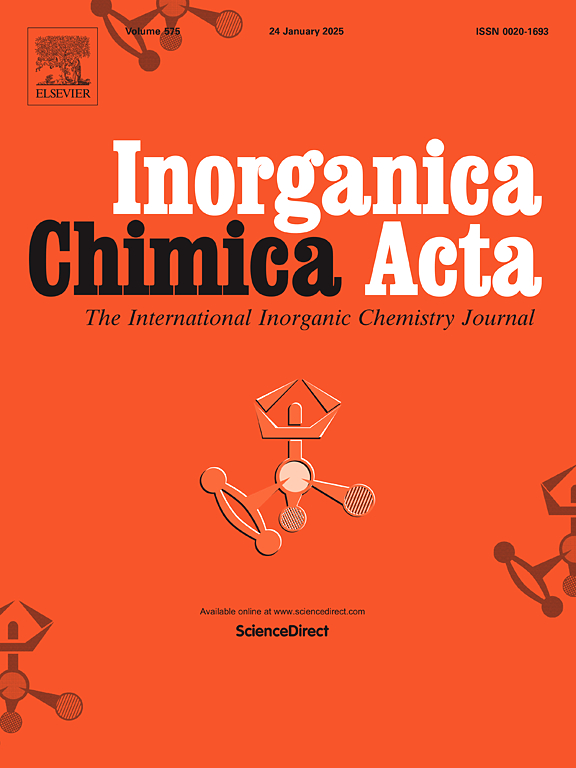Preparation, modification and applications of sepiolite nanofibers: A review
IF 2.7
3区 化学
Q2 CHEMISTRY, INORGANIC & NUCLEAR
引用次数: 0
Abstract
In recent years, the ongoing advancement of nanotechnology has facilitated the extensive application of natural mineral materials across various fields. Among these natural minerals, sepiolite fibers, a fibrous hydrated magnesium silicate, exhibit remarkable properties, including exceptional adsorption capacity, thermal stability, rheological characteristics, and biocompatibility. To optimize the utilization of the inherent characteristics of sepiolite fibers, numerous researchers have integrated nanotechnology with sepiolite fibers, conducting extensive and multifaceted investigations. Given the rapid increase in research interest in this topic over the past few years, this paper provides a selective review of the preparation, modification methods, and applications of sepiolite nanofibers. Notably, in addition to traditional preparation techniques, innovative and superior methods such as microwave- hydrogen peroxide method and high-speed airflow techniques are also discussed. Following appropriate modifications, the hydrophobicity, mechanical properties, and load-bearing capacity of sepiolite nanofibers have been significantly enhanced, and their compatibility with polymers has markedly improved, leading to widespread applications in catalysis, adsorption, flame retardancy, rheological thickening, humidity control, and biomedicine.

求助全文
约1分钟内获得全文
求助全文
来源期刊

Inorganica Chimica Acta
化学-无机化学与核化学
CiteScore
6.00
自引率
3.60%
发文量
440
审稿时长
35 days
期刊介绍:
Inorganica Chimica Acta is an established international forum for all aspects of advanced Inorganic Chemistry. Original papers of high scientific level and interest are published in the form of Articles and Reviews.
Topics covered include:
• chemistry of the main group elements and the d- and f-block metals, including the synthesis, characterization and reactivity of coordination, organometallic, biomimetic, supramolecular coordination compounds, including associated computational studies;
• synthesis, physico-chemical properties, applications of molecule-based nano-scaled clusters and nanomaterials designed using the principles of coordination chemistry, as well as coordination polymers (CPs), metal-organic frameworks (MOFs), metal-organic polyhedra (MPOs);
• reaction mechanisms and physico-chemical investigations computational studies of metalloenzymes and their models;
• applications of inorganic compounds, metallodrugs and molecule-based materials.
Papers composed primarily of structural reports will typically not be considered for publication.
 求助内容:
求助内容: 应助结果提醒方式:
应助结果提醒方式:


